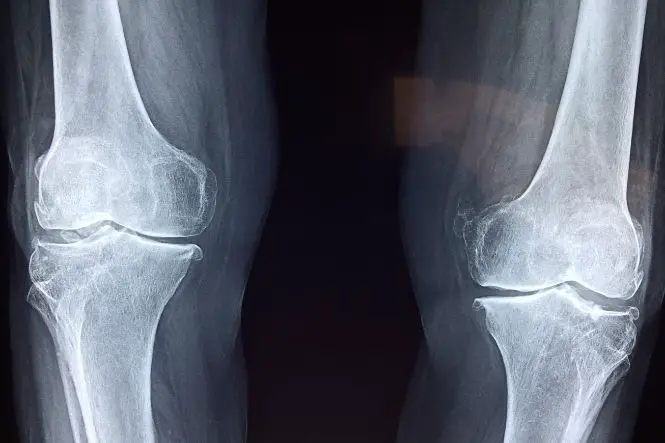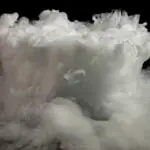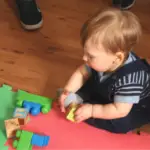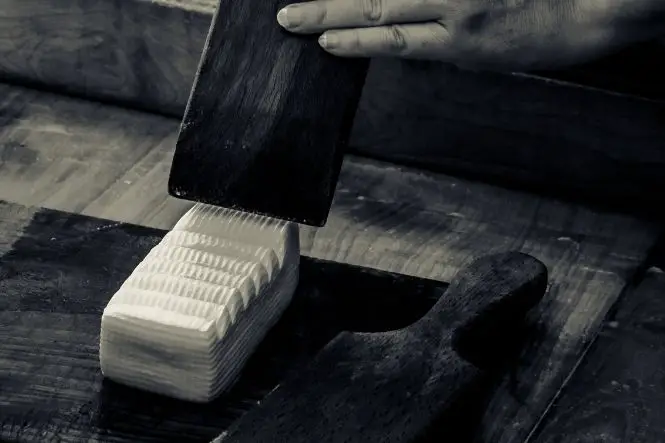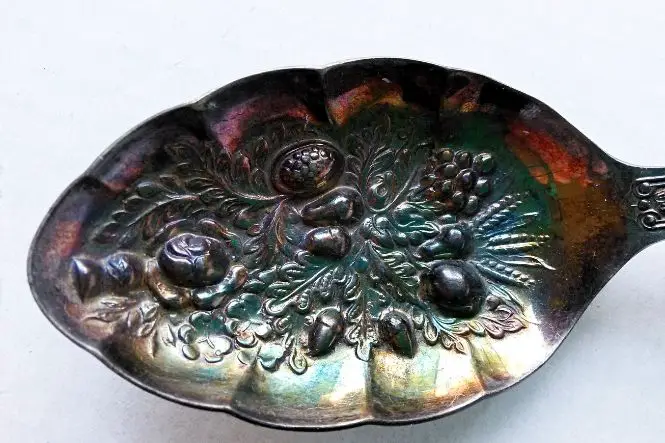Unless it is something that has a soft and wobbly structure, like a jellyfish, all animals, including humans, have a stiff skeleton to support their muscles and other body tissues, help them move, and protect their internal organs from becoming damaged. Animals with a skeleton inside (known as an ‘endoskeleton’) are called vertebrates, and these include mammals (including humans), birds and fish. Animals with no internal skeleton are called invertebrates. Some of these, including insects and spiders, have a skeleton outside the body, which is called an ‘exoskeleton’.
The skeleton in mammals and birds, and in some fish (known as bony fish), is rigid and is largely made of a mineral called calcium, in a network of other kinds of tissue including cartilage. It has a honeycomb structure, which makes it lightweight. Some fish, including sharks, have a softer skeleton, and these are called cartilaginous fish.
Making a Bone Bend
Take a small bone, such as a chicken drumstick bone, and carefully trim all the meat away (it will taste very good in a sandwich!) Rinse it under warm running water and dry it off. Look at the bone carefully, and gently try bending it. Is it soft or hard? Does it bend? How much does it weigh?
Put the bone in a jar of vinegar and put the lid on. Leave it for one day, dry it off, and weigh it and then try to bend it. Has anything changed? Weigh it and try bending it every day for a week. How has it changed? What do you think has happened to the bone?
Try the experiments again with smaller or larger bones, and with different liquids – what happens if the bone is soaked in water or lemon juice?
What Has Happened?
The main ‘ingredient’ in bones is calcium phosphate, and this makes the bone hard and capable of supporting the body and protecting the organs. After being soaked in the vinegar for a few days the bone should become bendable and flexible. This is because vinegar is an acid (see ‘Acids and Alkalis: Which Are Which?’) The acid in the vinegar reacts with and dissolves the calcium phosphate in the bone. This just leaves the network that surrounds the calcium, which is soft and bendable.
Lemon juice is also an acid, so should also make the bone bendable, but it may take a different length of time. Water is not acidic, so does not dissolve the calcium phosphate – this is a good thing because the human body is 55-78% water (depending on age and size).
Why Is This Important?
This experiment shows that the calcium in bones is important to keep them hard and strong, and so to keep bones healthy, people need to have enough calcium. A lack of calcium can cause a bone disease called osteoporosis, especially in older people, and this makes bones more likely to break. Calcium comes from food, including dairy products, dark green leafy vegetables, seaweed, nuts, seeds and oranges. Vitamin D helps the body absorb calcium – this is also found in dairy products, and is made in the skin in sunlight. A lack of vitamin D can make the bones weak, and can cause a disease called rickets.

